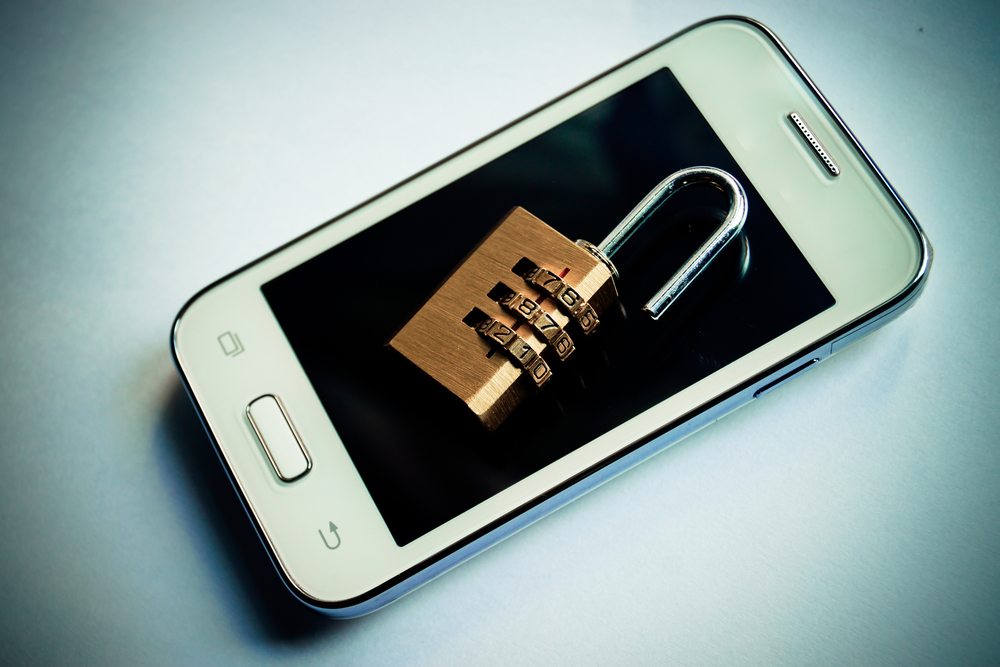 According to CNBC, one well-known piece of phone-malware is activated more than 25,000 times a day. And that’s just one piece of malware; dedicated hackers have been trying to crack the codes which protect smartphones for years… and every year that passes, they get better. And the capabilities they win on exploited smartphones represents more than just an inconvenience for their owner. And the truth is that most smartphone users don’t even have antivirus protection installed!
According to CNBC, one well-known piece of phone-malware is activated more than 25,000 times a day. And that’s just one piece of malware; dedicated hackers have been trying to crack the codes which protect smartphones for years… and every year that passes, they get better. And the capabilities they win on exploited smartphones represents more than just an inconvenience for their owner. And the truth is that most smartphone users don’t even have antivirus protection installed!
In fact, to help convince smartphone owners and users everywhere to adopt better smartphone cybersecurity practices, we’ll detail for you all of the worst things a hacker can do with your smartphone once they crack into it.
Because, according to industry professionals, almost any unsecured phone can be hacked with as little as one text.
Steal Your Identity… Including Your Bank Information
Stolen identities, especially the information which can allow hackers to commit financial crimes, are a big-money target for smartphone hackers. In fact, dozens of major companies have suffered customer data breaches which resulted in stolen identities just in the past two years; AT&T, Target, eBay… it’s a long list! Your smartphone’s NFC technology can help a hacker “bump” your phone, which allows them to intercept sensitive data; your name, address, billing information… even allowing unprecedented ease in logging keystrokes.
Use Your Smartphone to Commit Crimes
Have you ever had the alarming realization that your email has been used to send spam to your entire contact list? It’s an older form of computer cybercrime; but thanks to newer hacking techniques, hackers can hijack your phone and do something similar to all of your phone’s contact list. For example, a famous 2012 phone trojan turned thousands of phones into a profit-generating scheme, opening up secret windows and loading unseen websites to play videos. But two years later, the same trojan still remained at large, and the combined infected phones (called a botnet) began attacking whole networks of other users with DDoS attacks.
The worst part? The trojan was so discreet that most users had (and might still have) no idea there was even a problem. But that’s just the beginning; clever hackers can hijack phones to make purchases, call and text other numbers, utilize their bandwidth and data plans to share and send images, and otherwise commit cybercrimes.
Eavesdrop on All of Your Calls
In some smartphone types, calls can be intercepted by connecting devices to faux-cell-base stations which allow hackers to record incoming and outgoing voice calls. These calls can be recorded and analyzed. While this is a relatively difficult task for most hackers, it’s still a possibility; and there’s virtually no way for a smartphone user to tell if it’s happened or not.
Extort You For Control of Your Phone
This hacker trick has its origins in a bit of malware first seen in 2013; this scam would lock down a computer until its owner paid a fee. Called ‘ransomware’, this type of hacker scam hit smartphones just the following year, famously pulling up an FBI warning screen which informed owners that they were breaking the law and demanded a fine to avoid jail time. Many users, in fear and shock, immediately pay. And that’s just one example of an increasingly prevalent problem.
Spy On You Remotely
A military app exists which hacks into smartphones and activates the smartphone’s camera to inform viewers discreetly of the owner’s surroundings and to track them. The app, called PlaceRaider, is of course a piece of military technology and not available to the public; but hackers have created their own variations. Researchers on app permissions have discovered that some Google apps include hidden permissions which allow the app to secretly activate the camera, and other successful hackers have been successfully able to remotely keep cameras running… without their users knowing about it.

